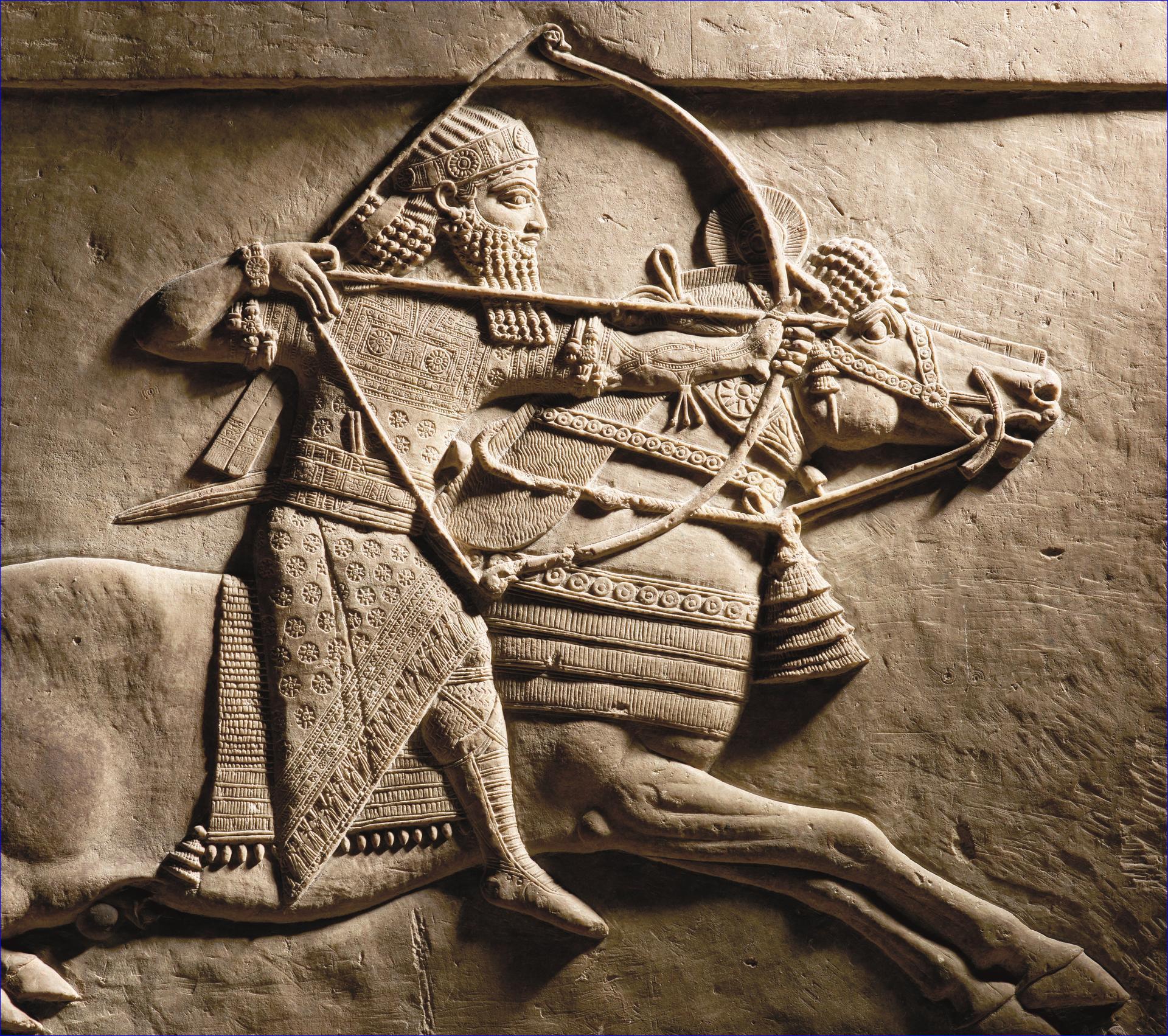


“The mega-drought affected the core of the Neo-Assyrian Empire, in what is now northern Iraq and Syria,” says Ashish Sinha, a researcher at the California State University (USA). The current droughts of several years in this region, such as those of 1999-2001 or 2007-2010, offer a vision of what the Neo-Assyrian of the mid-7th century BC could have been. Their was a dry-land cereal agriculture and did not have the artificial irrigation of the southern cities built between the Tigris and Euphrates rivers. “There must have been frequent crop failures and massive livestock deaths, such as those in 2007-2010. The lack of crops during the mega-drought must have exacerbated political instability in Assyria, fueling pre-existing tensions within Neo-Assyrian society and among Neo-Assyrians and subjugated peoples, such as Babylonians and Medes, “explains Sinha, lead author of a study linking the great drought to the fall of the Neo-Assyrian Empire. It was precisely an alliance between Babylonians and Medes that ended up destroying the mythical Nineveh, present-day Mosul.
The connection between climate and politics was found in stalagmites in a cave in northern Iraq. The formations, in fact, function as natural meteorological stations, capable of recording rainfall and humidity for the last 4,000 years. This information was not available years ago, so conventional historiography left aside the climatic factor. It was not until 2014 that it was considered that he could have a prominent role.
“But we did not have paleoclimatic data from Iraq itself at that time, which is why this study is so important, as it offers the first evidence that there was indeed a great drought during the period of decline of the Neo-Assyrian Empire,” he comments in a e the paleoclimatologist at the University of Colorado at Boulder (USA) Adam Schneider, specialized in finding connections between climate and the rise and fall of ancient civilizations and the first to connect the drought with the fate of the Neo-Assyrian Empire.
Further south of Nineveh and two millennia earlier, the Akkadian Empire, initiated by Sargon I of Akkad, flourished in lower Mesopotamia. Now, an analysis of fossilized corals in the present Persian Gulf shows that 4,100 years ago the pattern of the winds changed and the dreaded shamal, the north wind became so persistent that sand storms and lack of rain must have ruined crops year after year.
It was also a change in the monsoon cycle that could push the inhabitants of Harappa (in present-day Punjab) and other cities of the Indus Valley culture to abandon them and take refuge on the slopes of the mountains. And there is increasing evidence that the drought had a lot to do with the collapse of the Mayan civilization.
“The history of the drought that affected the Neo-Assyrian Empire is just one of many examples where droughts or mega-droughts have contributed to the collapse of well-known civilizations or agrarian empires,” says University of Michigan professor Jonathan Overpeck. “At times, ancient droughts were one of the factors that led to the collapse and so they are an important lesson for the future. Many regions of the planet, including southwestern North America, Australia, southern Africa, the Mediterranean region u The Middle East are gradually becoming more arid due to anthropogenic climate change and will be even more arid if we continue to emit greenhouse gases into the atmosphere “, adds this Nobel Prize as a member of the group of scientists who have authored several reports of the Intergovernmental Panel of Climate Change, IPCC.
On the reverse side of the climate coin, that of cold, recent research indicates that a small ice age between the 5th and 7th centuries, in which the average temperature dropped by four degrees, had an impact on the course of history at the beginning of the Age. Half. Climate, in this case global cooling, had a lot to do with even the end of the Roman Empire. At least that’s the thesis that scientist and historian Kyle Harper maintains in his work The fatal fate of Rome (Editorial Crítica), published this year.
“Every day we learn something new about paleoclimate, how it changed and how it impacted human societies like the Roman Empire,” says Harper. “In general, warm, humid and stable temperatures tend to favor agricultural productivity, which was the basis of the economy in ancient times. In contrast, cold and droughts, thermal instability, have a negative impact on agriculture” , Explain.
There is another element closely related to climatic fluctuations and that is the spread of diseases. “Now we begin to understand how complicated natural systems are. One of the biggest impacts of climate change [en tiempos de Roma] it was his influence in the sphere of pathogens. There were, most likely, strong connections between climate change, on the one hand, and epidemic diseases, on the other, “says Harper.
But can sandstorms or a 60-year drought destroy a non-agrarian and technological civilization like the current one? “Of course we are more aware of potential threats today than in the past. But we are also much more interconnected,” recalls Troy Sternberg, from the School of Geography and Environment at the University of Oxford. Sternberg published in 2012 a study linking the drought in one of the main cereal producing areas of China in the winter of 2011 with the Arab Spring. The Chinese had to buy wheat abroad and their demand raised prices to the point that many other countries, such as Egypt, could not afford them.
“In our highly globalized economy, we could see in the coming decades that a drought in one part of the world has an impact on societies in the rest of the planet that are not directly experiencing it,” recalls Adam Schneider, the first who connected the mega-drought with the fall of the Empire of Ashurbanipal.

or register to post a comment.